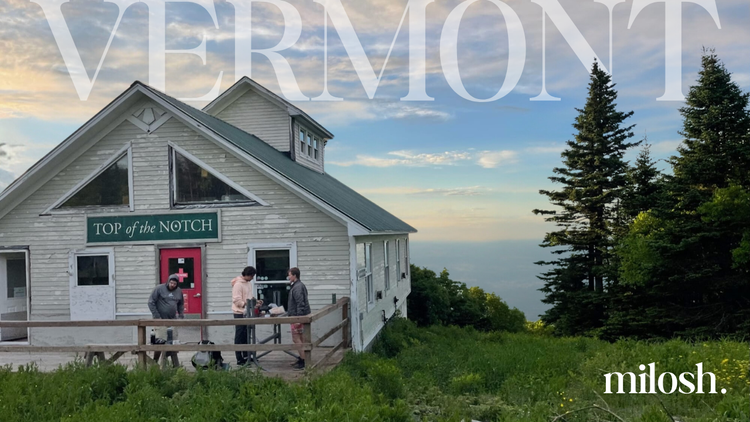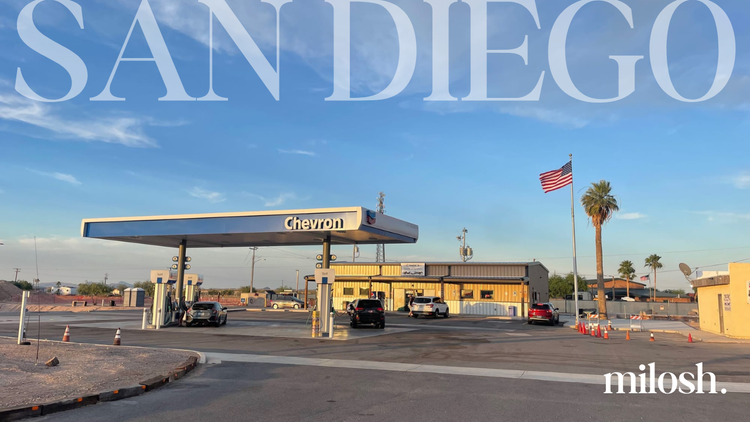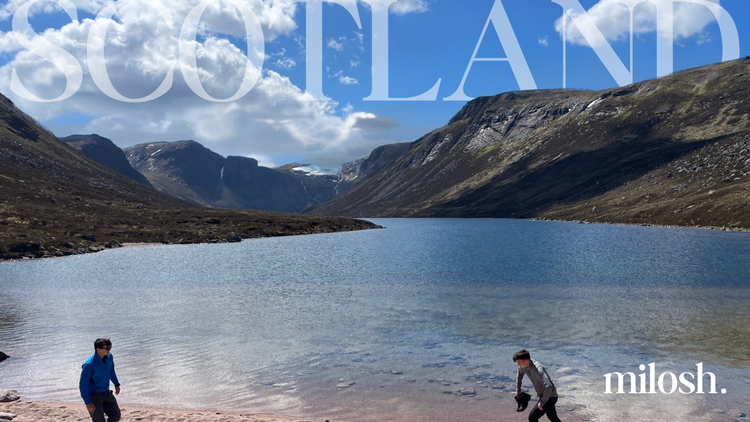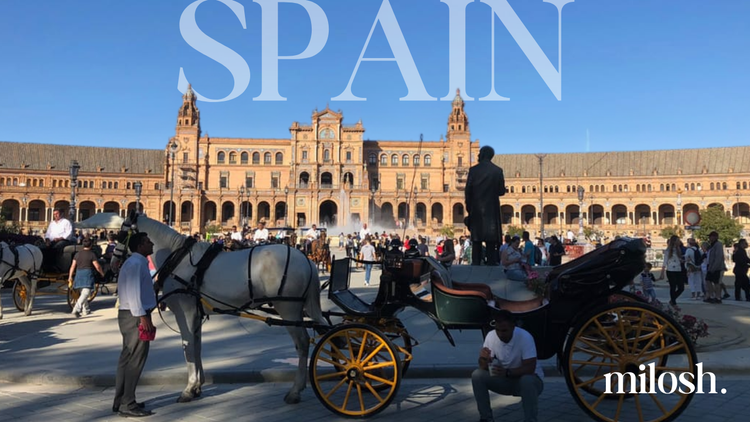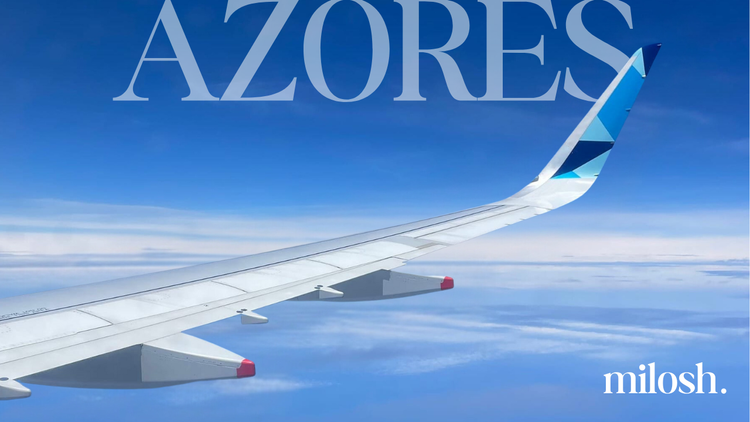Northern Part of the Grand Canyon State - Arizona
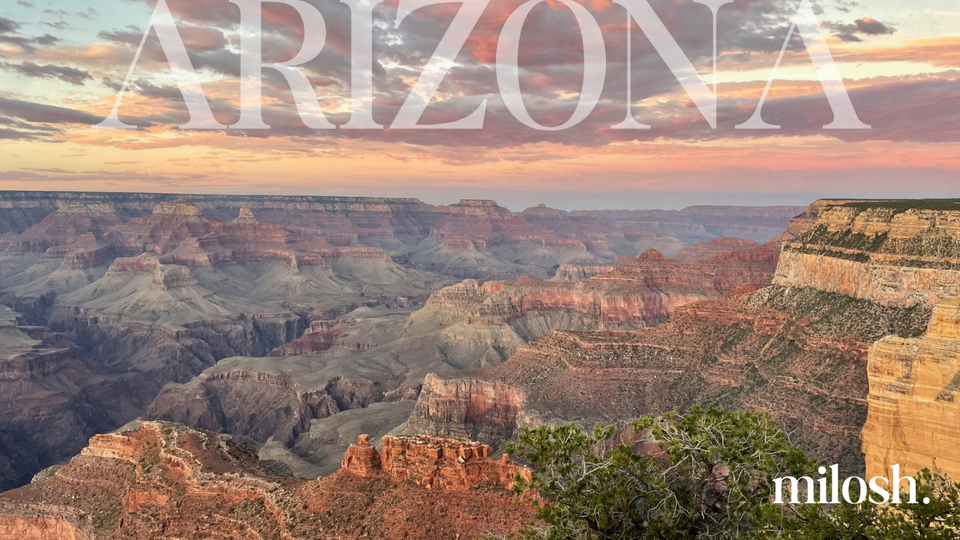
It took me a whole two months of my travels in the US to visit a national park. There are 63 national parks in the USA, and many of them are destinations for visitors from all around the world. Arizona is home to perhaps the most famous one of them all: the Grand Canyon. Covering an area of almost 5,000 square kilometres and hosting up to 5 million tourists a year, this massive canyon provides some of the most breathtaking views a human can see on the surface of the Earth.
The 48th State
Arizona achieved statehood relatively late—in 1912. Previously part of New Spain, this state is now home to over 7 million people. Quite an achievement in such a short period. The state tax of 2.5% and about 300 sunny days per year certainly helped attract the population. The sun gets incredibly strong in the summertime, though. Before coming out here, I would get warnings from everyone I knew who had been here before to avoid this place between May and September. Although April and May were not as bad, with average temperatures around the mid-30s Celsius, June has been brutal. Especially after returning from New England, the heat of 45°C (110°F) hits differently.
Any trip to the northern part of the state is therefore welcome. So, Jamie and I finally got to go and see the Grand Canyon. Arizona brands itself as "The Grand Canyon State," which has quickly become quite obvious.
Initially, we planned on visiting the Grand Canyon the first weekend I arrived in the US; however, due to my poor packing (meaning I expected anything but snow in the desert), we had to turn around. Now the time has come to see the GC in its full beauty.
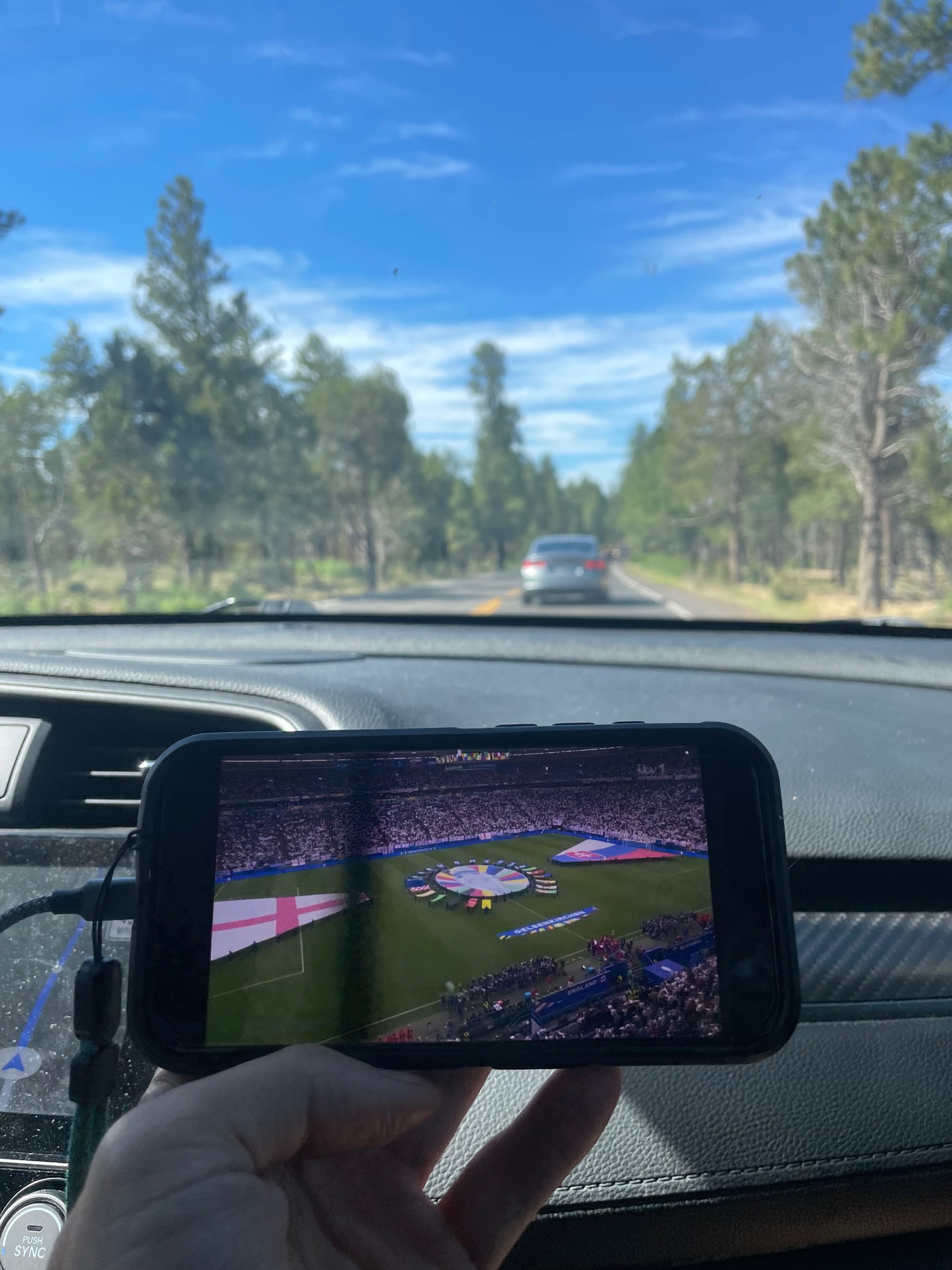
The journey from Phoenix up to Grand Canyon takes about 4 hours. It takes you through a scenic landscape of Northern Arizona, where you can admire the views of Sedona, Mt. Humphreys (the highest peak in Arizona), and the pine forests around Flagstaff. As we were approaching Sedona, roughly 2 hours in, I came to a horrific realization that I had forgotten my hiking shoes. Good thing we only planned to hike and camp, and nothing else. After a few swear words and some disappointment, I realized it wasn't going to be a deal breaker and I could still do some trekking in my Birks.
Upon arriving at the Grand Canyon, we found the last available volunteer space in the Mather Campground. One thing I love about the US is the camping culture and facilities. It's no surprise that America has become a paradise for van lifers, with their estimated number around 3.1 million, which is more than 5 times the population of Vermont.
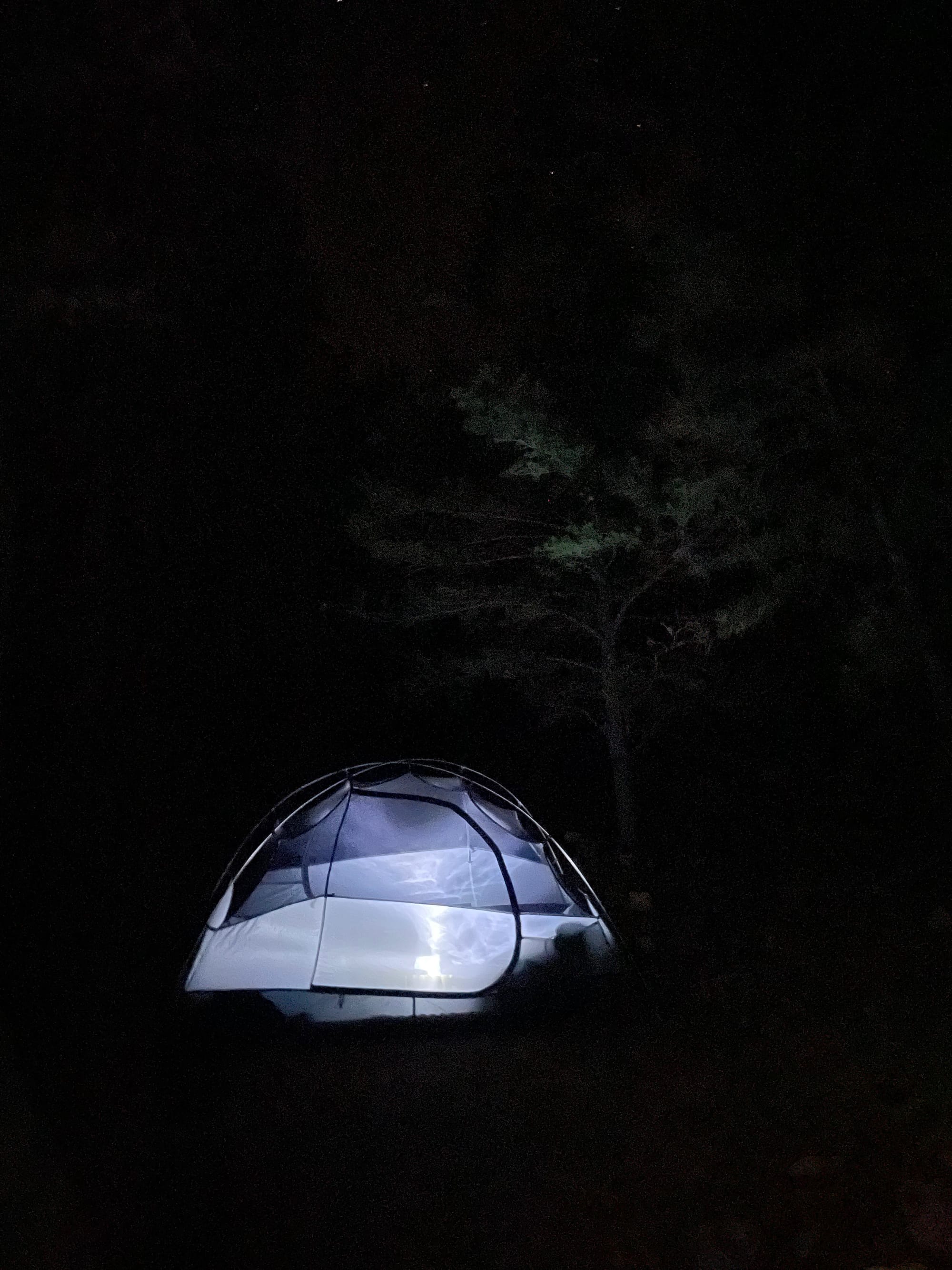
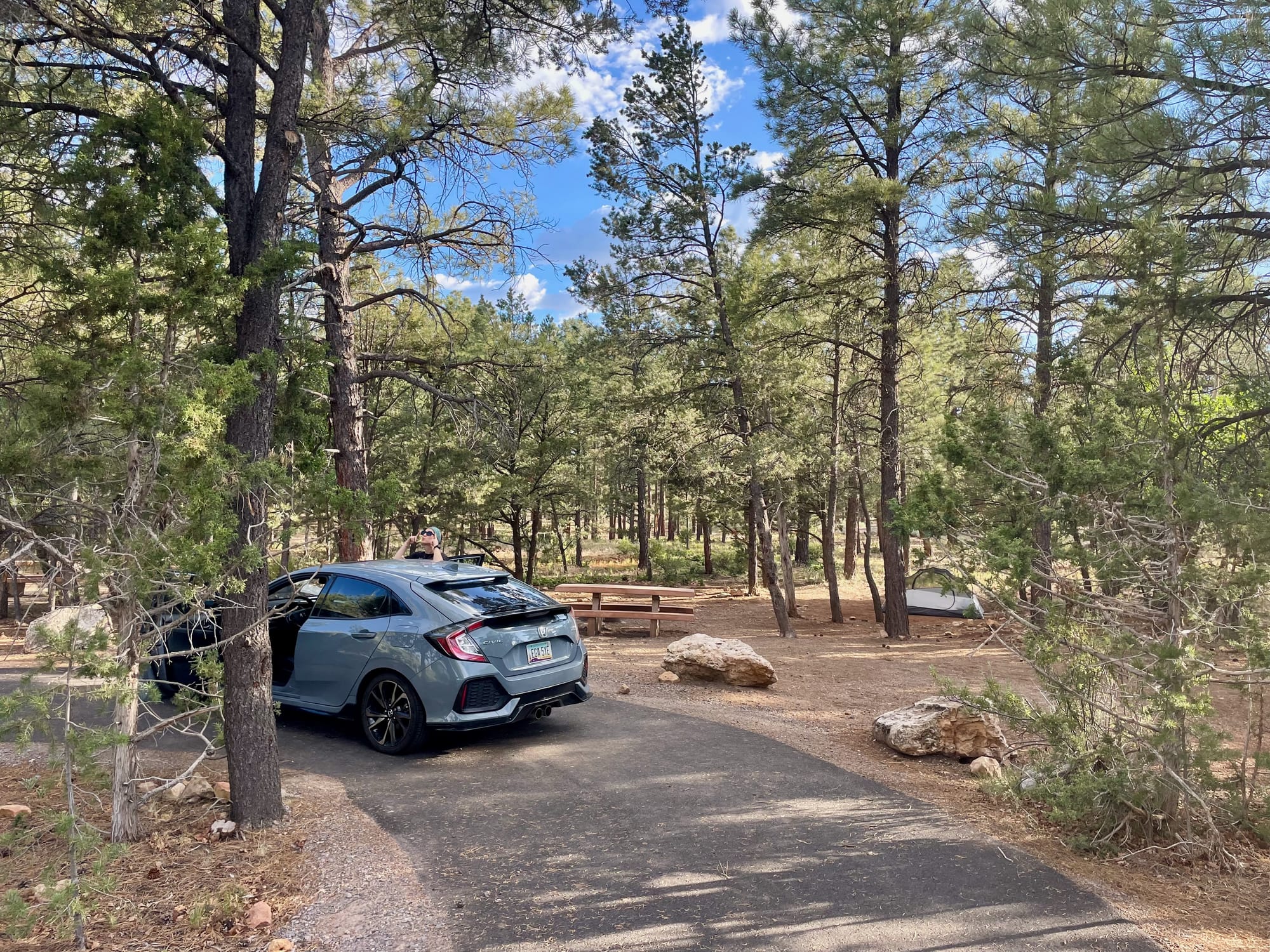
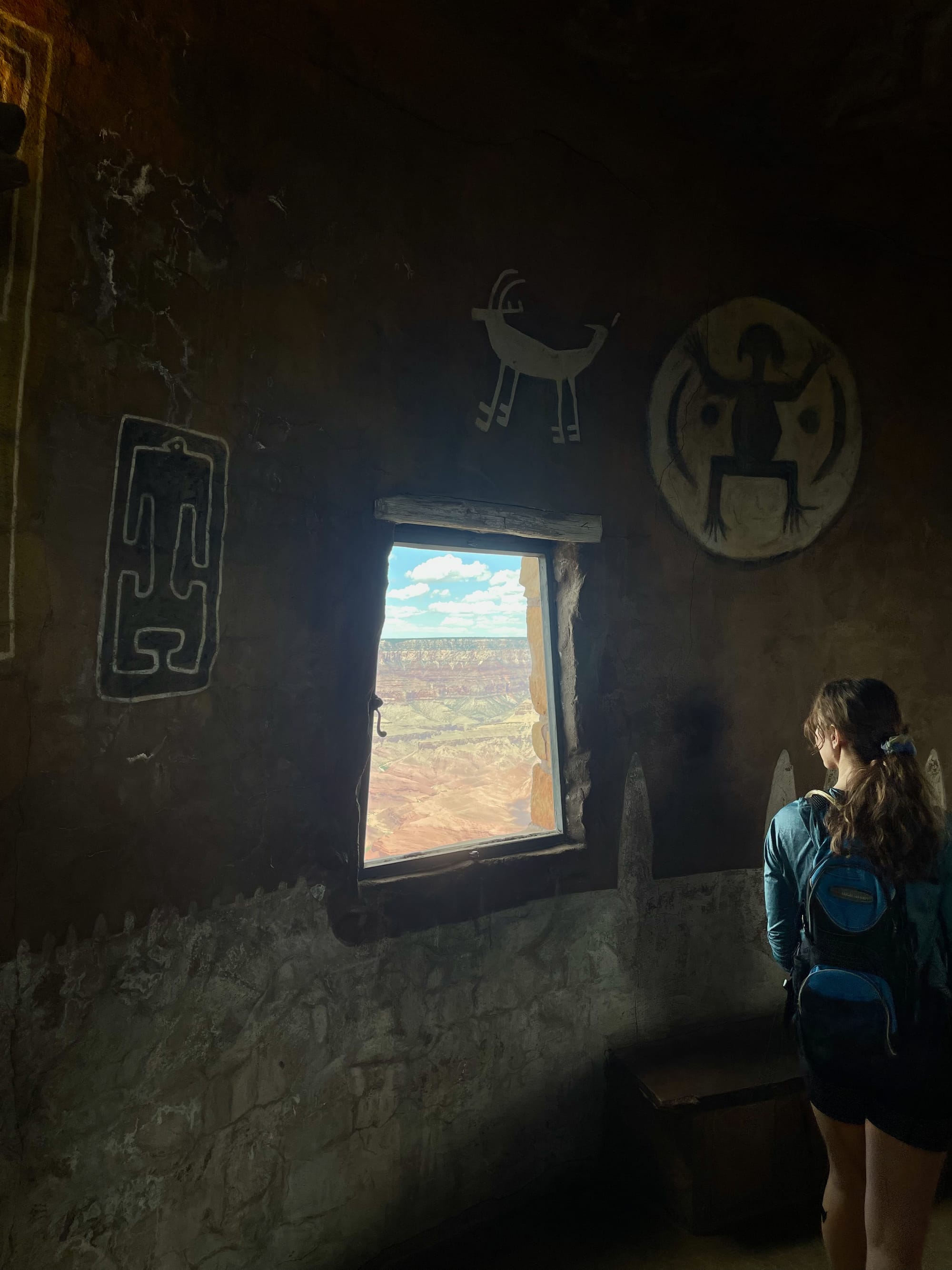
Camping in the Grand Canyon NP.
History Window - Home of Native Americans for Centuries
Long before Europeans set eyes on the Grand Canyon, it was home to several Native American tribes. The Havasupai, Hopi, and Navajo, among others, have lived in and around the canyon for thousands of years. These tribes not only survived but thrived in this harsh environment, developing a deep spiritual connection with the land. The Havasupai Tribe still resides in the canyon today, primarily in the remote village of Supai, which is accessible only by foot, horseback, or helicopter.
In 1540, a Spanish conquistador named García López de Cárdenas became the first European to lay eyes on the Grand Canyon. However, he was not able to descend and explore the canyon adequately. It would be centuries before the canyon was fully explored and mapped. The canyon was properly discovered in the 19th century by John Wesley Powell, a one-armed Civil War veteran and geologist.
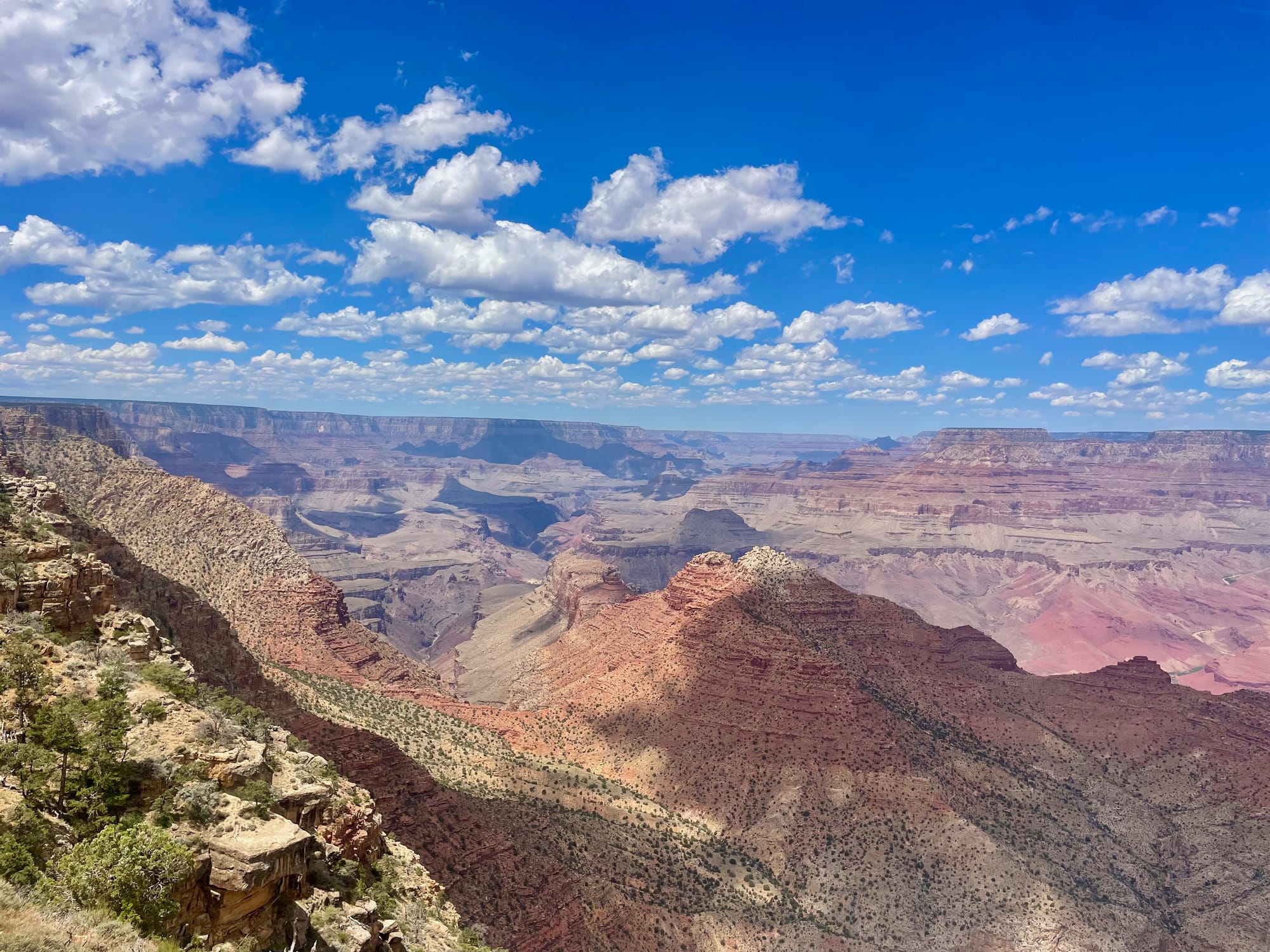
As I suffered the consequence of forgetting my shoes, we were unable to hike and explore the Grand Canyon's bottom adequately, similarly to García López before us. So, we ended up walking the "Rim Trail" providing us a great walk and timing our end at one of the scenic viewpoints just in time for the sunset. Standing at the rim, gazing into the vast chasm carved by millions of years of geological forces, I was flabbergasted. These red rocks tell a story far older than human civilization.
The sheer scale of this place is difficult to describe. Imagine a 277 miles long, 18 miles wide, and over a mile deep canyon. You cannot? Neither could I.
One thing that strikes me about America is its vastness. Whether you fly above it or drive through it, this land seems to never end.
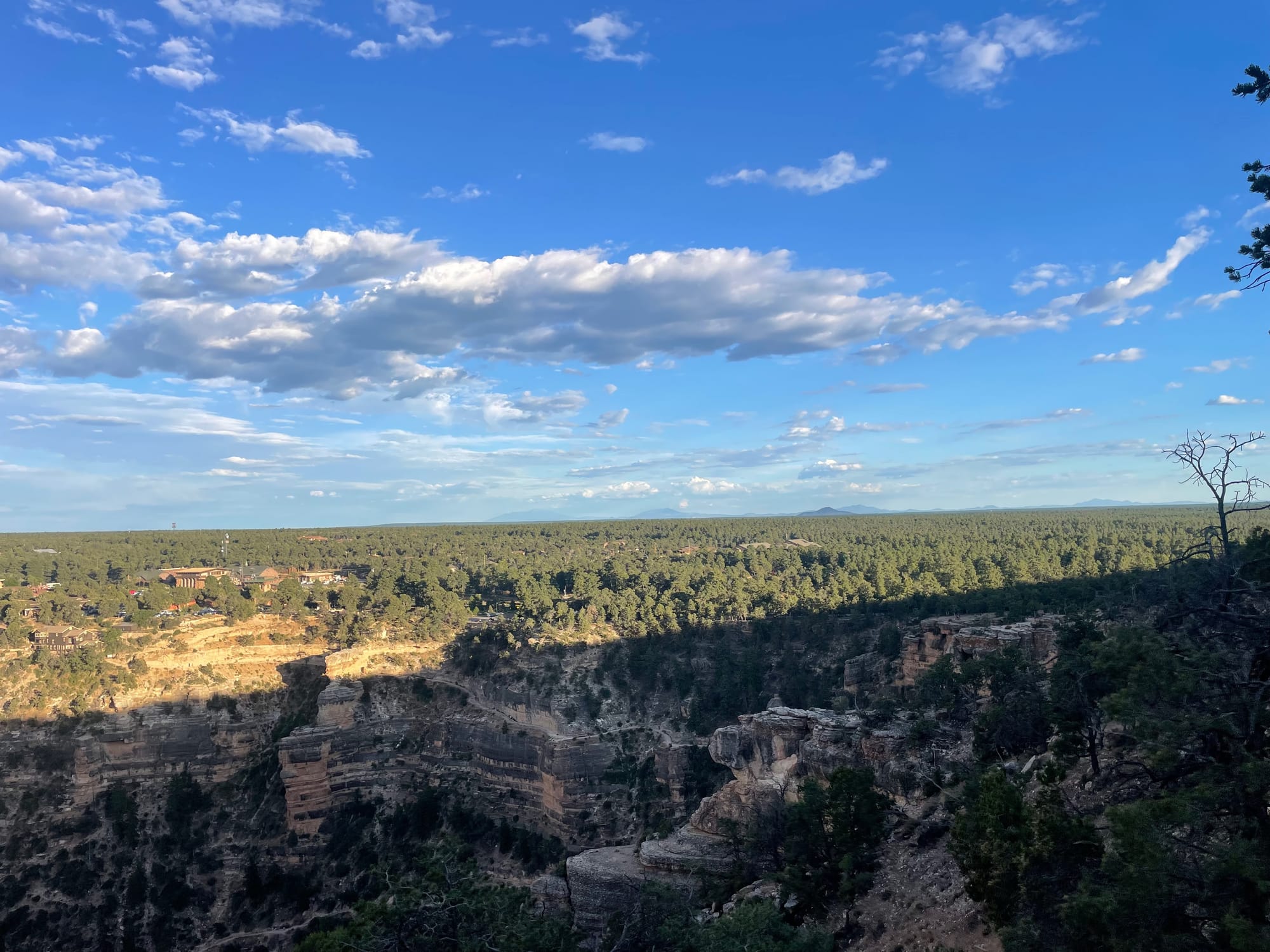
Flagstaff
A cute mountain town, home to around 100 thousand residents and university students. Even driving in and around Flagstaff is an experience, as it's surrounded by the largest contiguous ponderosa pine forest in North America. I have fallen for the small-towns in the US, and Flagstaff is another one of them. It’s the perfect place for souvenir shopping or enjoying a high-calorie post-hike meal. The downtown area is vibrant & calm at the same time. Filled with local breweries, tea shops, and outdoor stores. Despite the amount of tourism in the region, Flagstaff feels very relaxed and slow-paced. Sadly I will forever remember it as a place where I watched England tiying the game against Slovakia in the 95th minute...and a random Spaniard reminding me that we lost an hour later.
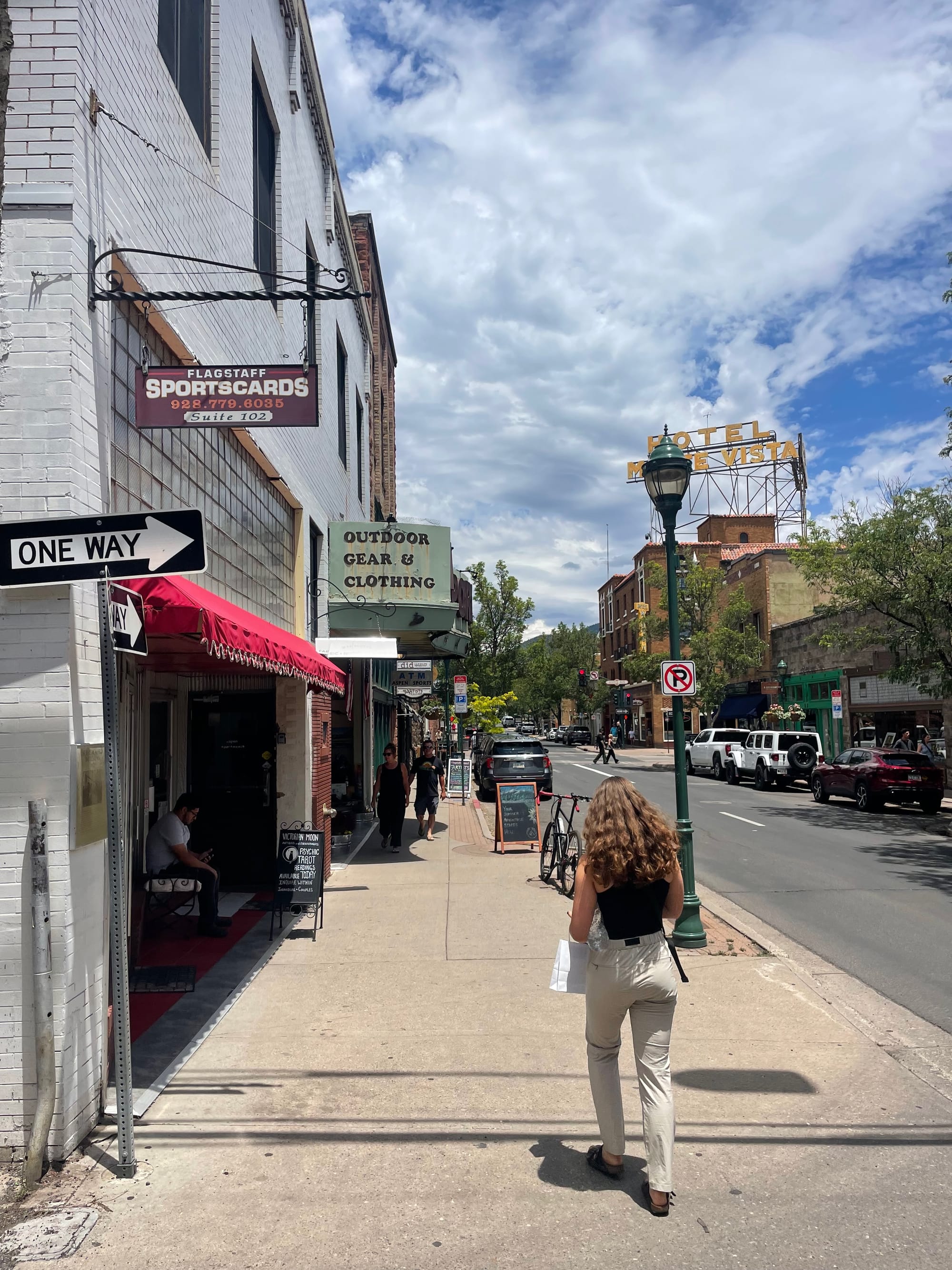
Water Shortage and Future Tourism
Unfortunately, Arizona is one of the states facing significant challenges with water shortages. The Colorado River, which carved the Grand Canyon and serves as a crucial water source for the Southwest of the US, has been experiencing record-low levels due to prolonged drought and increased demand. To address this issue, Arizona has been implementing innovative water conservation measures. For instance, Flagstaff has reduced its per capita water use by 30% since 2000 through aggressive conservation programs. As people continue to move to Arizona, especially from Northern states, in search of better climate, the water situation will need to be addressed.
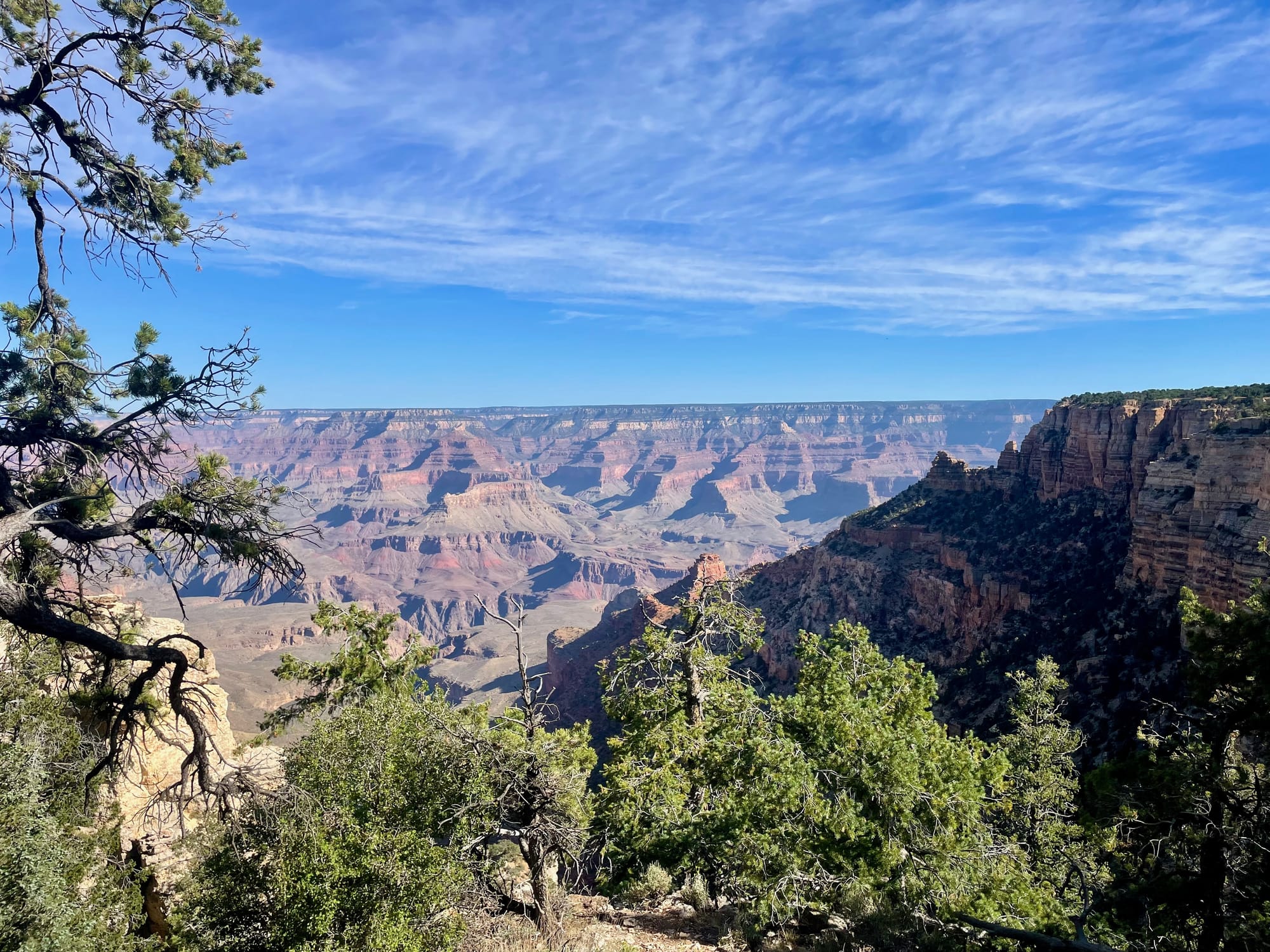
In Flagstaff, the skiing season was still going on June 1st. Not something I would have expected in a desert state. My mind wandered again: if there are over 20 million digital nomads and remote workers in the US, why isn't a place like Flagstaff, with fantastic outdoors and a laid-back culture, home to a bigger digital nomad community? It certainly could be. Are young Americans travelling the world because they are looking for something they don't have at home?
What if someone built it in their home country? Would it help to attract them to travel domestically more than internationally?
I guess time will tell.

